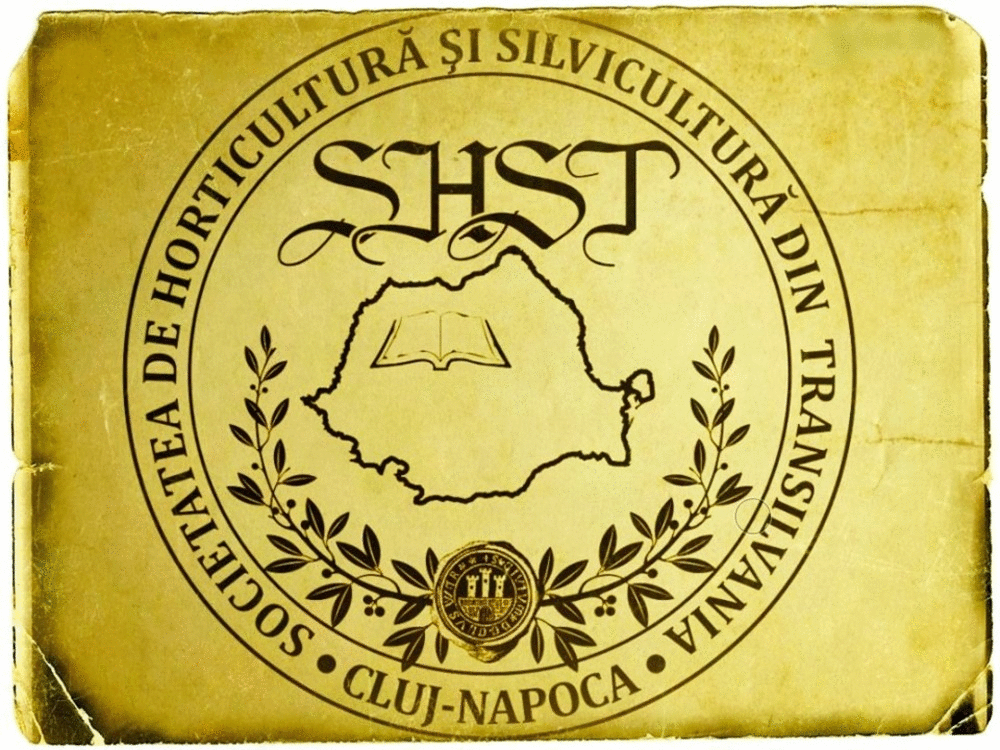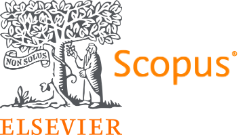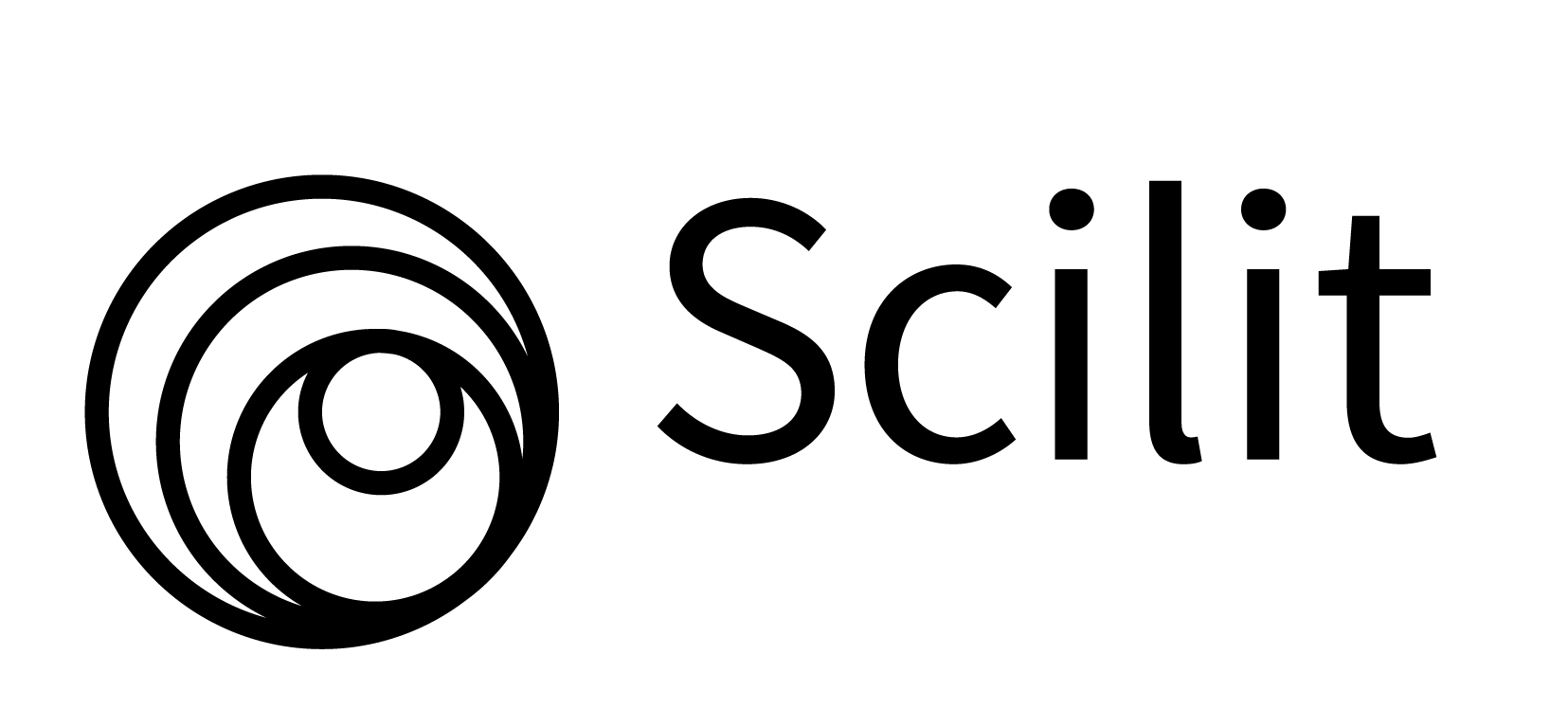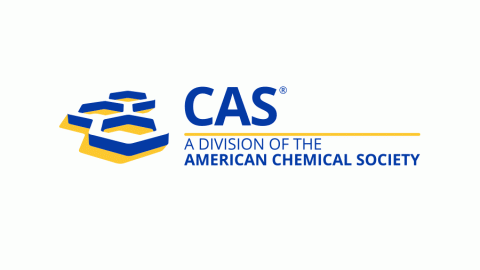Phenotypic aberrations during micropropagation of Soymida febrifuga (Roxb.) Adr. Juss
DOI:
https://doi.org/10.15835/nsb619202Keywords:
STN- shoot tip necrosis; CAP- calcium pantothenate; CAN- calcium nitrate; BA – 6; Benzyladenine; IBA - Indole 3 Butyric Acid; IAA – Indole 3 Acetic Acid; KN-kinetin; MS – Murashige and SkoogAbstract
Like most of the medicinal plants Soymida febrifuga (Meliaceae) possess significance for its valuable secondary metabolites. Multiplication of this endemic plant is limited by difficulty in rooting of stem cuttings, high seedling mortality rates and low seed viability period. Hence efficient protocols for in vitro mass propagation has been established from field grown and aseptic seedlings explants. Strikingly, we observed aberrant structures such as vitrified shoots, faciated shoots, albino shoots as well shoot necrosis during its micropropagation. These phenotypic maladies were observed during organogenesis and rooting. Compared to other abnormalities, shoot necrosis nonetheless was frequent and pronounced leading to plant death. Shoots when subjected to rooting also displayed necrosis which was controlled by transferring to MS medium containing various concentrations and combinations of calcium levels, activated charcoal, glucose, fructose and auxins. Microshoots initiated roots on half strength MS medium with IBA and IAA individually or in combination within two weeks. MS half strength solid medium supplemented with CAN (556 mg l–1), CAP (1.0 mg l–1), IAA (2.0 mg l–1) and IBA (2.0 mg l–1) in combination was found to be more efficient in showing high frequency (95%) of root regeneration. Rooted plantlets were successfully hardened and 70-85% of regenerated plants were successfully acclimatized to natural environment. In vitro derived plantlets were morphologically similar to in vivo plants.
Metrics
Downloads
Published
How to Cite
Issue
Section
License
Copyright (c) 2014 Kishore Kumar CHIRUVELLA, Arifullah MOHAMMED, Rama Gopal GHANTA

This work is licensed under a Creative Commons Attribution 4.0 International License.
Papers published in Notulae Scientia Biologicae are Open-Access, distributed under the terms and conditions of the Creative Commons Attribution License.
© Articles by the authors; licensee SMTCT, Cluj-Napoca, Romania. The journal allows the author(s) to hold the copyright/to retain publishing rights without restriction.
License:
Open Access Journal - the journal offers free, immediate, and unrestricted access to peer-reviewed research and scholarly work, due SMTCT supports to increase the visibility, accessibility and reputation of the researchers, regardless of geography and their budgets. Users are allowed to read, download, copy, distribute, print, search, or link to the full texts of the articles, or use them for any other lawful purpose, without asking prior permission from the publisher or the author.













.png)















